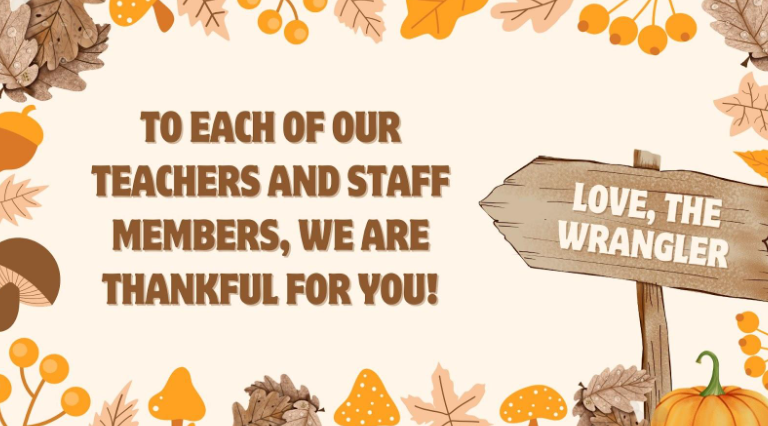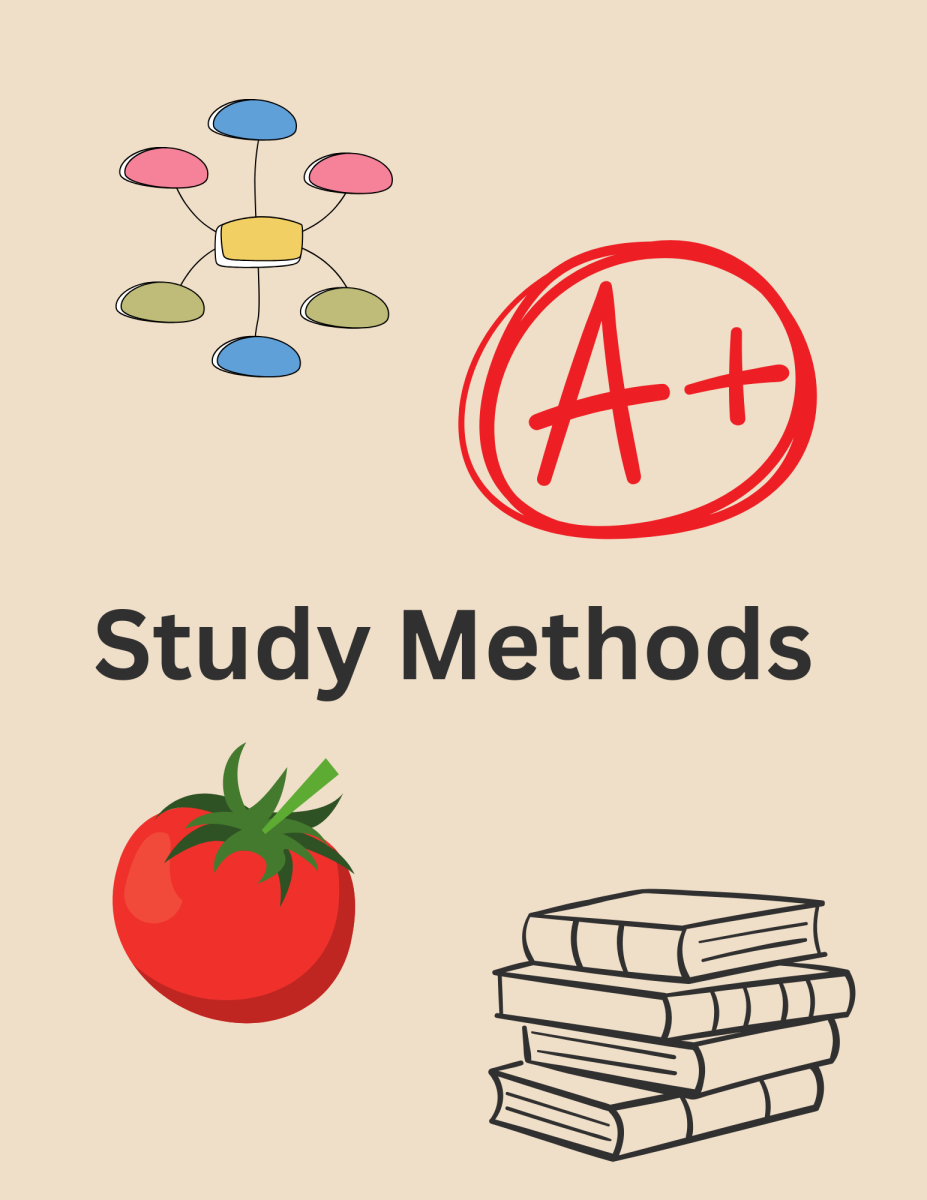With finals rapidly approaching, many students feel the pressure to cram, and many others need help knowing where to start when studying. However, last-minute studying is often ineffective and may hinder learning. There are multitudes of methods out there, and every person will differ. It is essential to recognize the need to study and the different effective approaches available.
Of the multitudes of techniques, the most infamous is the Pomodoro technique. This is where someone takes a timer, works for 25 minutes, and takes a 2-5 minute break. Rinse and repeat for four cycles before taking a longer break. As someone with a short attention span, this helps me tremendously focus on tasks.

Another technique that assists with a short attention span is interleaved practice. This method involves mixing different topics or problem types into a single study session instead of focusing on one subject. The Learning Scientists mentions that this technique helps students build intuition for problems by blending them in the brain. It lets students know when to apply knowledge for specific problem types. I use this often to study for math. Instead of repeatedly doing one kind of problem, i.e., polynomial long division, I switch around the problem set to be a couple of division problems with a couple of factoring issues. It helps keep me engaged and allows me to develop a sense of what problem needs to be solved and what steps to take.
Need to study a textbook? Not to worry. The SQ3R (survey, question, read, recite, review) will effectively make you absorb all the knowledge in a textbook like a sponge (dry, of course). This technique involves looking at a textbook multiple times but from a different angle each time. First, get a general gist: look at the titles, photos, and captions. During this step, ask questions about the material and keep them in mind. Now, the most exciting part. Read it and look for answers to the questions asked before. After that, write out the key concepts. Finally, review the notes and read little by little, continuing to ask questions and answer them (studygs). I find questioning the most important. It helps me figure out what I already know and where gaps fall in my knowledge. According to Mr. Hipwell (S), a seasoned teacher at YLHS, “[finding] what you struggle at most and [identifying] it” is an essential part of learning.
Like colors and connections? Try mind mapping. This technique involves putting the main subject at the center of a page and drawing branches that connect to the connected idea. Afterward, elaborate on each branch with short descriptions–this is the time to add images and doodles to reinforce understanding and create a visual map as stated in (MindMapping.com) I use this method for humanities subjects such as history, human geography, language arts, etc. It helps to clarify where each piece of the puzzle fits within a topic and is extremely helpful for FRQs and SAQs requiring big-picture analysis.
Students must start utilizing the vast sea of study methods. As student Kaitlyn Hwang (12) has said, “It can only help to study effectively.” I have used and tested these methods, which help me organize my knowledge and time into chewable chunks. It is essential to keep trying and exploring what works for you. Keep going and persevere.





























Megan Huynh • Dec 7, 2024 at 10:10 PM
I’ll definitely try these out in my upcoming tests/quizzes!